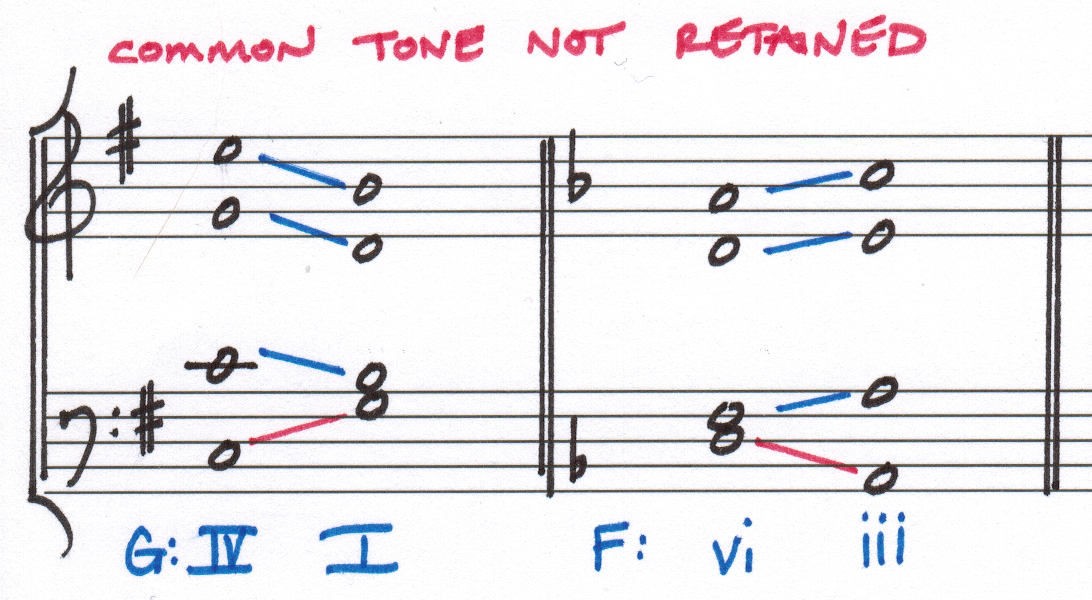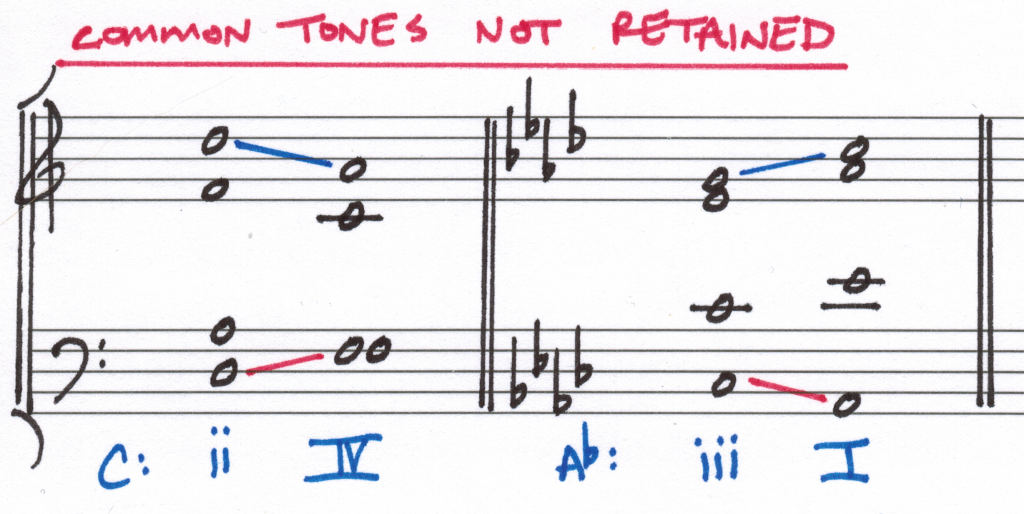The Chorale
 A chorale is a Lutheran hymn. During the Protestant Reformation, the break with the Catholic church created a need for “new” musical material to perform during church services. In the 17th century, these melodies were arranged into 4-part polyphonic works. Johann Sebastian Bach (1685-1750) was among the most prolific composers of these harmonizations.
A chorale is a Lutheran hymn. During the Protestant Reformation, the break with the Catholic church created a need for “new” musical material to perform during church services. In the 17th century, these melodies were arranged into 4-part polyphonic works. Johann Sebastian Bach (1685-1750) was among the most prolific composers of these harmonizations.
Bach was known more during his lifetime as an organ improvisor. It is estimated that he wrote over 350 chorale harmonizations. Bach was considered an obscure figure until his works were revived by the composer Felix Mendelssohn in the early 19th century.
Why Chorale Study?
Chorale harmonizations are not necessarily The Superior Form of music, but they do have the following features that makes their study of high value:
- The structure of the melodies and arrangement of voices is an excellent way to study voice leading between chords.
- The rate of harmonic movement (how quickly the chords change) is high compared to other compositional styles. This allows for more analysis opportunities with less material.
- The material presented is an excellent representation of the common practice period, which most of the great composers can trace their compositional lineage back to.
- The music is of high quality.
Root Position Chord Movement in Fourths and Fifths
Chords that are a fourth or fifth apart share one common tone.
Doubling
The bass voice should be doubled in root position whenever possible to provide the most harmonic stability. If the bass cannot be double for a valid harmonic reason, doubling the third of the chord is the next most desirable option, unless it is the leading tone.
Retaining the Common Tone (safest)
To achieve the most effective voice leading, retain the common tone and move the upper voices stepwise, while the bass voice moves by a fourth or fifth.


Not Retaining the Common Tone
If the common tone is not retained (most likely as a melody tone), Move the upper three voices in contrary motion to the bass voice. Be wary of parallel perfect fifths when using this approach.


Root Position Chord Movement in Thirds
Chords that are a third apart share two common tones.
Doubling
The bass voice should be doubled in root position whenever possible to provide the most harmonic stability. If the bass cannot be double for a valid harmonic reason, doubling the third of the chord is the next most desirable option, unless it is the leading tone.
Retaining the Common Tones (safest)
By retaining both common tones, the most efficient voice leading is created. Move the bass note by a third and the remaining voice stepwise in contrary motion.


Not Retaining one or more Common Tones
If common tones are not retained, the harmonic impact is more noticeable. If no common tones are retained, all four voices will need to move to new pitches. To avoid parallel fifths, move the soprano voice in contrary motion to the bass voice.



Leave a Reply